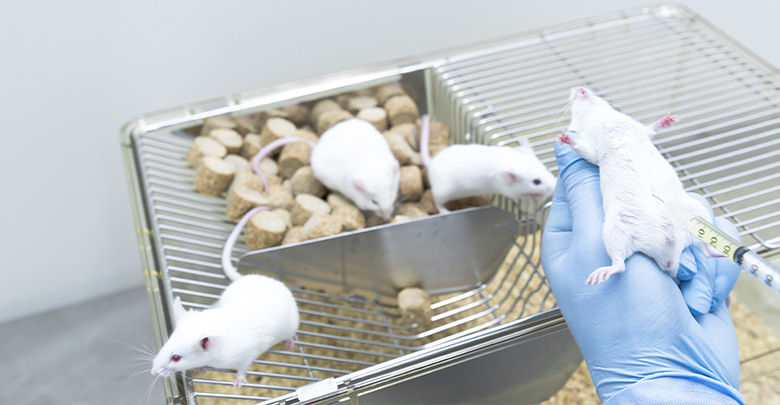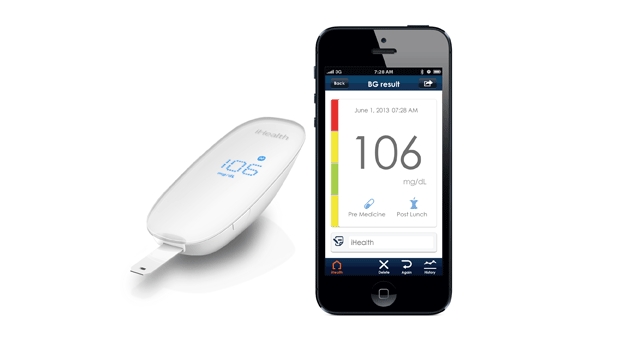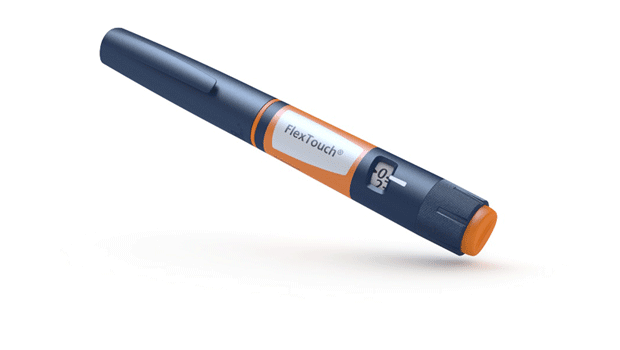Should We Be Excited About ‘Curing’ T1D in Mice?
Researchers at Washington University in St. Louis have effectively cured type 1 diabetes in mice using stem cells; Should we care?

You have probably already heard the exciting news out of the Washington University School of Medicine in St. Louis. Researchers there have successfully implanted stem cells in mice to ‘cure’ their diabetes.
As exciting as this news seems, it is important to pause anytime these types of announcements are made.
In this article, we take a look at the astonishing results of this new study, how the researchers got there, and take a critical look at what this actually means for people living with this, so far, incurable disease.
How Was Type 1 Diabetes Cured in Mice?
Results from the study headed up by Jeffery R. Millman, Ph.D. were released in Nature Biotechnology last month.
The article discusses how the researchers were able to improve upon current techniques for transforming human stem cells into insulin-producing beta cells.
Up to this point, transforming stem cells into a specific target cell always resulted in a wide array of different types of cells in addition to the one being targeted. While these random cell types don’t cause problems when injected into a subject, they do result in a significant decrease in the number of target cells produced.
Millman and his associates were able to refine this process by targeting the cytoskeleton of the stem cells to produce better functioning insulin-producing beta cells without producing as many random cell types.
With a more effective way of producing high-functioning human beta cells, the scientists were then able to transplant islet-sized aggregates, or small groupings, of these cells into mice with preexisting diabetes.
These mice, which were experiencing sustained blood sugars of over 500 at the time of the procedure, began showing normal blood sugars within two weeks of the transplant. These normal blood sugars continued without any other intervention for at least 9 months, with some mice showing normal levels for over a year.
What Does this Cure Mean for People with T1D?
While this study shows a lot of promise for the future of type 1 diabetes treatment and even a potential for a cure, this in no way guarantees humans with T1D will see a day free from their condition anytime soon.
There are a few reasons why we should remain skeptical about an impending cure with the two most important having to do with issues associated with mouse models and the problem of scaling.
The Problem with the Mouse Model
Mice have long been used in scientific research of human diseases. While their rapid life cycles make them perfect subjects, their physiology differs greatly in many respects from humans and what shows promise in a mouse study doesn’t always perform well in human trials.
In fact, according to Dr. Juan Juame, a professor at the University of Toledo who studies mice models for T1D, there have been over 125 proven therapies to cure diabetes in mice but none have held up in human trials.
The reason for this is fairly simple: Mice don’t naturally suffer from the same type 1 diabetes autoimmune disease that humans do. The mice used in these studies are generally “non-obese diabetic mice.” These mice have been specially bred to exhibit similar physiological symptoms as type 1 patients but the pathophysiology of the disease is different.
Because studies like the one out of the Washington University School of Medicine rely on these imperfect mouse models, it is impossible to say how a person suffering from type 1 might react to this same treatment.
The Issues with Scaling
Another problem with these types of “cure” studies is the issue of scaling.
Obviously, mice are much smaller than humans, which means they require fewer beta cells to adequately control their blood sugar. In order to replicate this study in humans, researchers would have to create about 1 billion cells per test subject, something that, at this time, is not yet possible.
But scaling doesn’t just relate to the number of cells needed, it also causes issues when looking at how long this cure may be effective.
The mice in this study were able to maintain normal blood sugars for at least 9 months. Since humans have a significantly longer lifespan than mice, we would expect this amount of time to be much greater in people. However, we also know that the disease-specific actions of the autoimmune system in humans could have a more limiting effect on the curative power of this treatment.
It’s possible that a human treated with a similar stem cell transplant may show normal blood sugars for a decade or maybe only for a few months.
Even if the treatment does last many years, it would still likely fall short of attaining cure status since, eventually, the patient’s immune system will destroy the new beta cells.
More than likely, additional transplants would be needed throughout the patient’s life. It is also possible that immunosuppressors or other common transplant drugs be used to keep the immune system from decimating the new cells. We may even see a completely different approach to this treatment in humans, such as encapsulating the new cells in something similar to a PEC-Encap or SeraGraft device.
What Comes Next?
Answers are still a long way off to how scientists will mass-produce these beta cells and how long the cure will be effective in humans.
For now, Dr. Millman and his team are looking to begin additional animal trials in larger animals such as rats and pigs. Using additional models will give the researchers a better idea of how this treatment may translate to a potential treatment in humans.
In the meantime, they will also be hard at work establishing an easy and cost-effective way to create these beta cells in mass so they will be ready for human trials if and when they are needed.
While we aren’t yet ready to throw our hats in the air in celebration of an impending type 1 diabetes cure, we are still watching this research closely. After all, even if we have already seen over one hundred T1D cures fail in human trials, it only takes one success to change everything.







